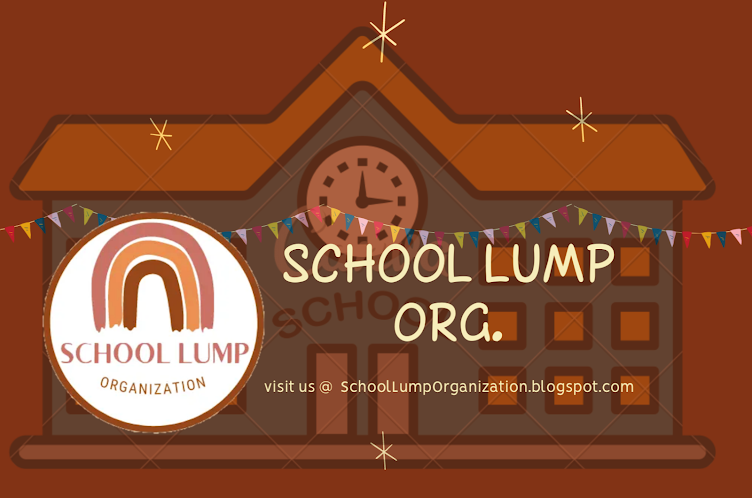Poetry is a form of literary expression that uses language, rhythm, sound, and imagery to convey emotions, ideas, and experiences. It often employs creative techniques and stylistic devices to create a unique and impactful expression. Here are some key elements commonly found in poetry:
1. Form and Structure: Poetry can take various forms, such as sonnets, haikus, ballads, or free verse. Each form has its own rules or guidelines governing the arrangement of lines, stanzas, and rhyme schemes. The structure of a poem contributes to its overall aesthetic and rhythm.
2. Meter and Rhythm: Meter refers to the pattern of stressed and unstressed syllables in a line of poetry. Rhythm is the musical flow created by the arrangement of stressed and unstressed syllables. It can be regular, like in metrical poetry, or irregular, as in free verse. The rhythm of a poem influences its pace, flow, and musicality.
3. Rhyme and Sound: Rhyme is the repetition of similar or identical sounds, typically at the end of lines. It can create a musical quality and enhance the aesthetic appeal of a poem. Sound devices such as alliteration (repetition of initial sounds), assonance (repetition of vowel sounds), and consonance (repetition of consonant sounds) are also used to create rhythm and emphasize certain words or phrases.
4. Imagery and Figurative Language: Poets often employ vivid imagery and figurative language to create powerful visual or sensory experiences for the reader. Metaphors, similes, personification, and symbolism are used to convey abstract concepts and evoke emotions.
5. Theme and Message: Poetry often explores specific themes or subjects. It can convey complex ideas, emotions, or social commentary. The theme of a poem is the underlying concept or message it seeks to communicate. It can be overt or subtle, depending on the poet's intent.
6. Word Choice and Diction: The careful selection of words, known as diction, plays a crucial role in poetry. Poets choose words for their sound, connotation, and denotation to create a specific tone or atmosphere. The use of precise, evocative, and imaginative language contributes to the richness and depth of a poem.
7. Tone and Mood: Tone refers to the attitude or perspective of the poet toward the subject matter. It can be serious, playful, melancholic, or reflective, among others. The tone, along with other poetic elements, contributes to the overall mood or atmosphere of a poem, which can evoke specific emotions in the reader.
These elements work together to create the unique and expressive art form that is poetry. However, it's important to note that poets often experiment with and bend these elements to suit their creative vision, resulting in a wide range of poetic styles and approaches.
